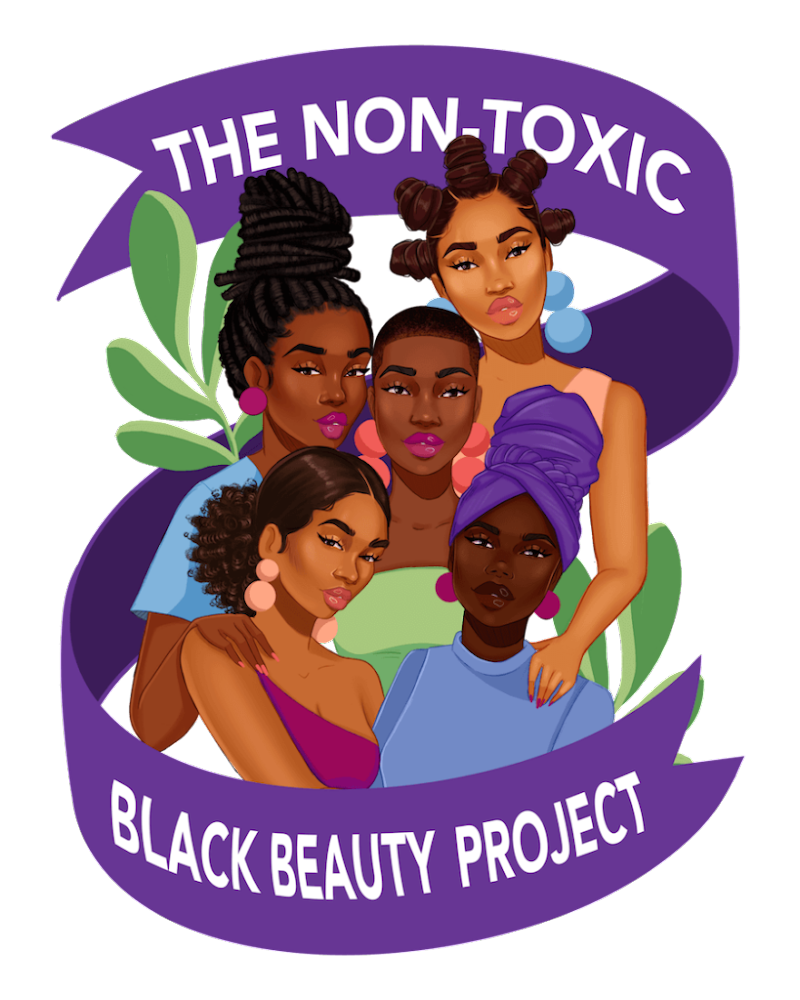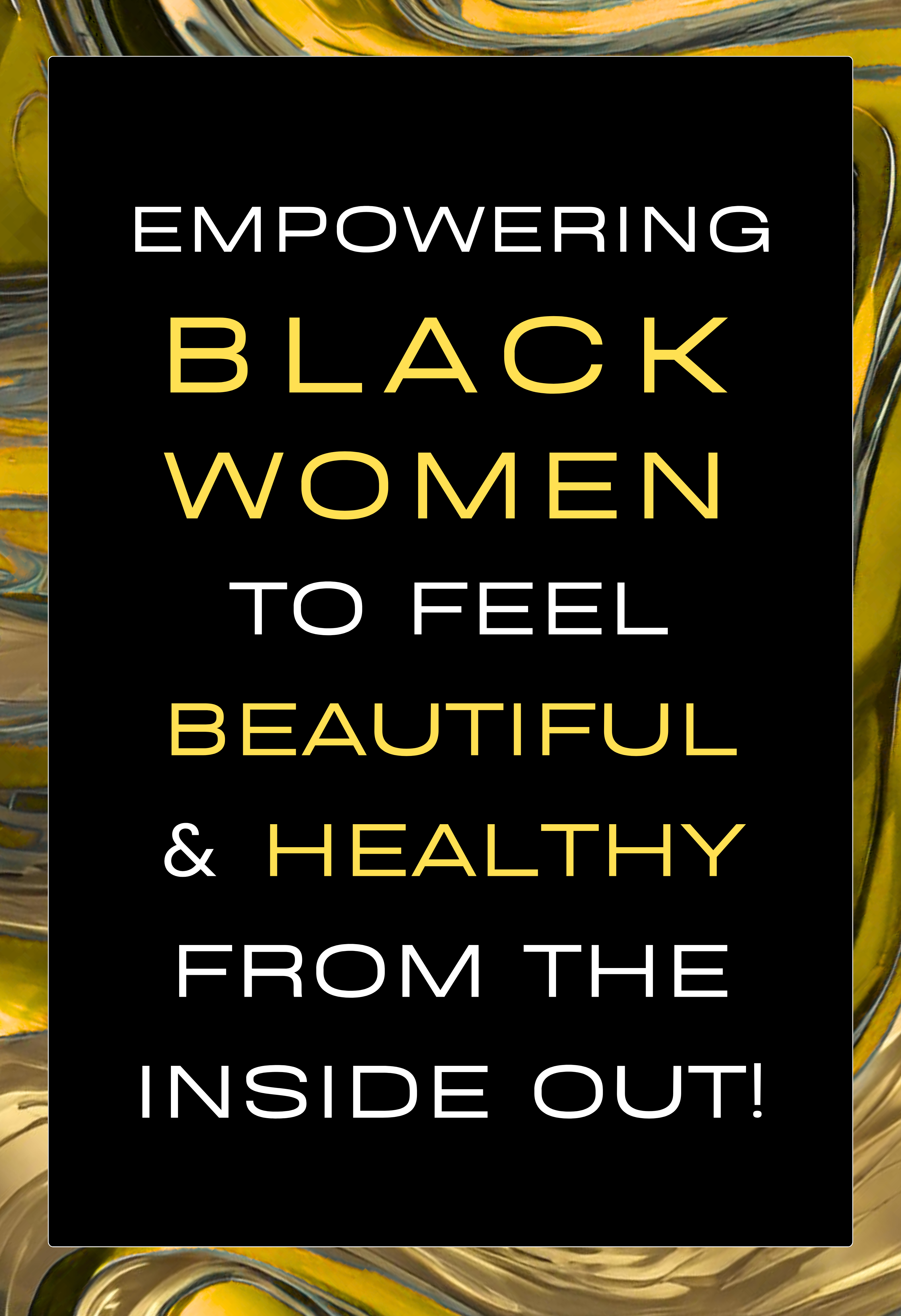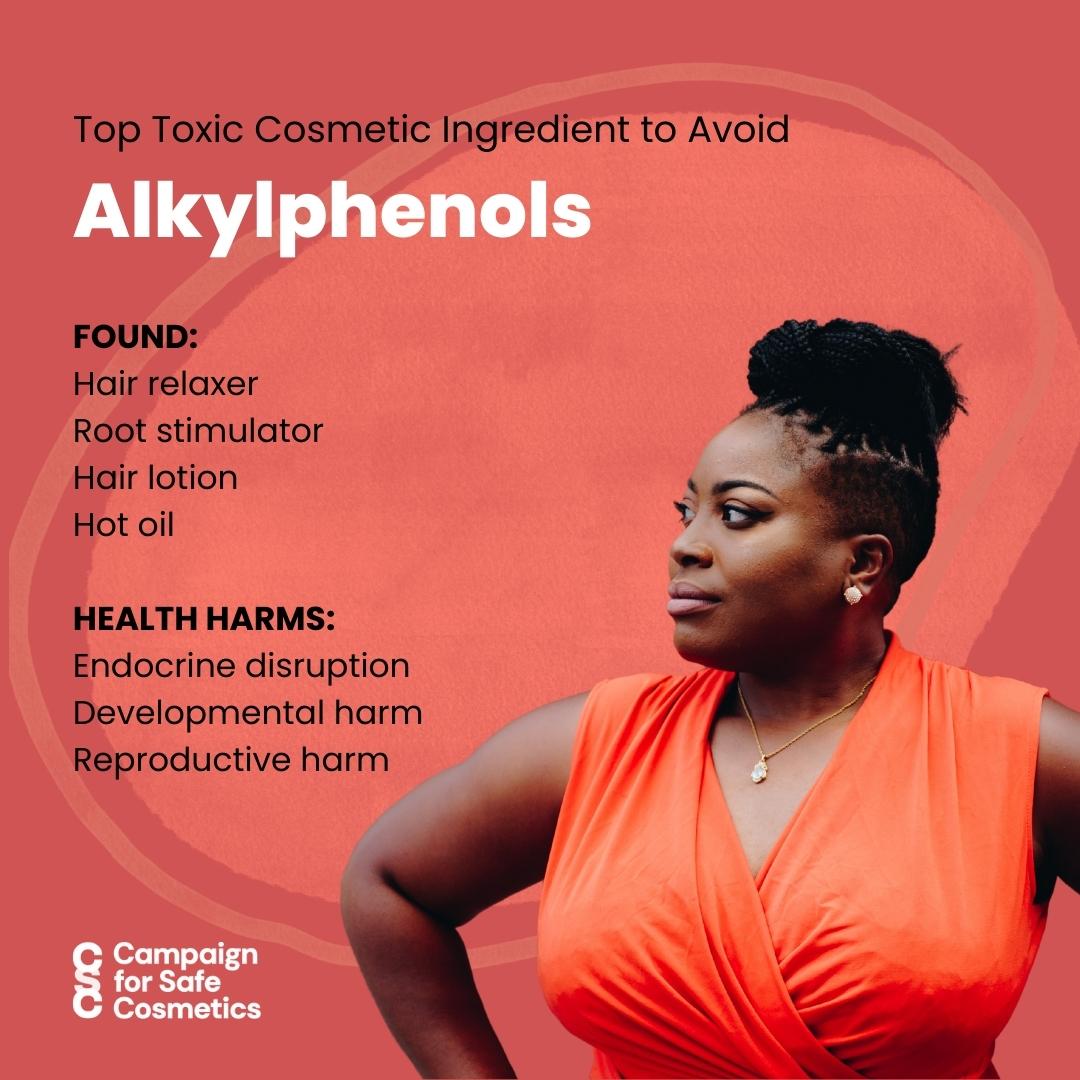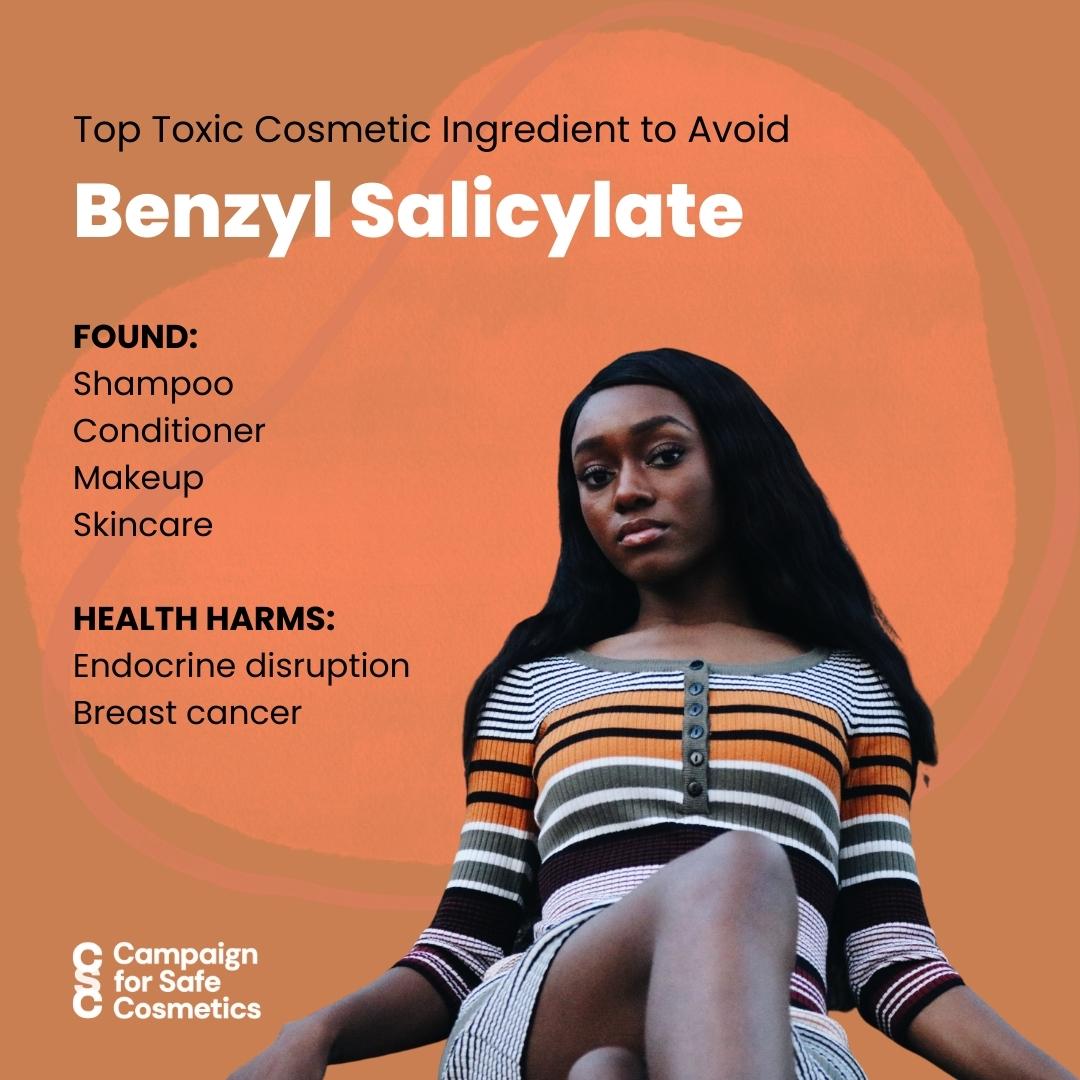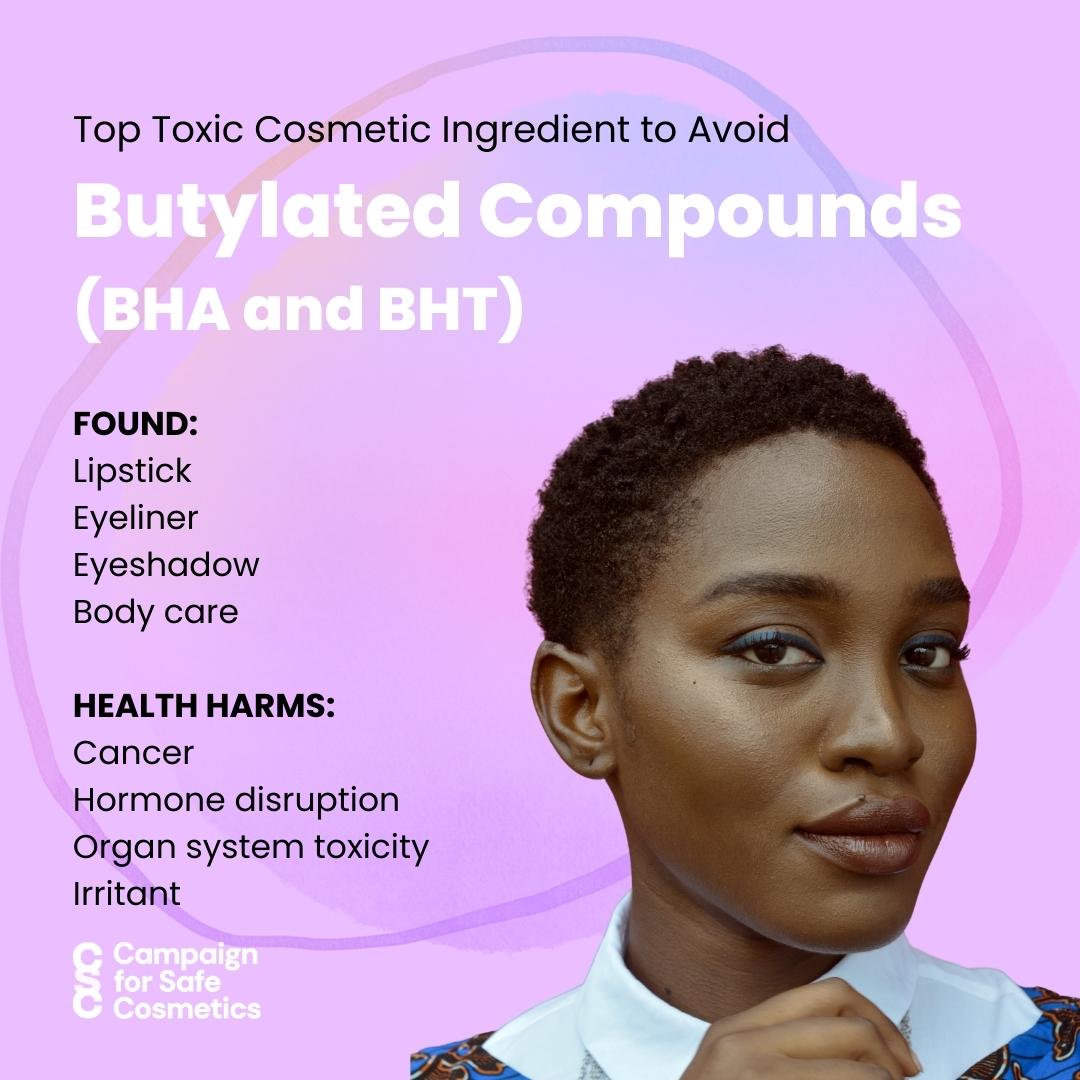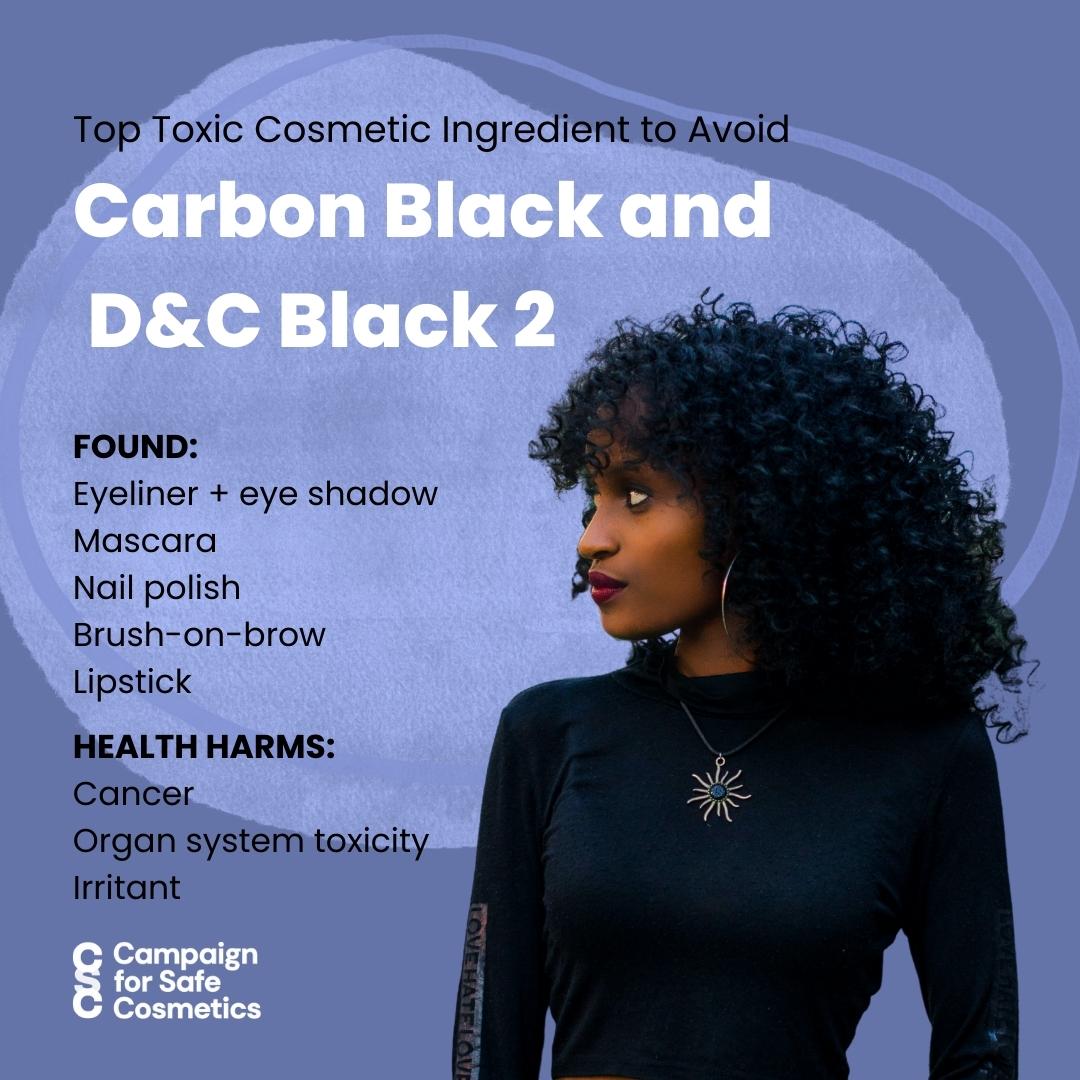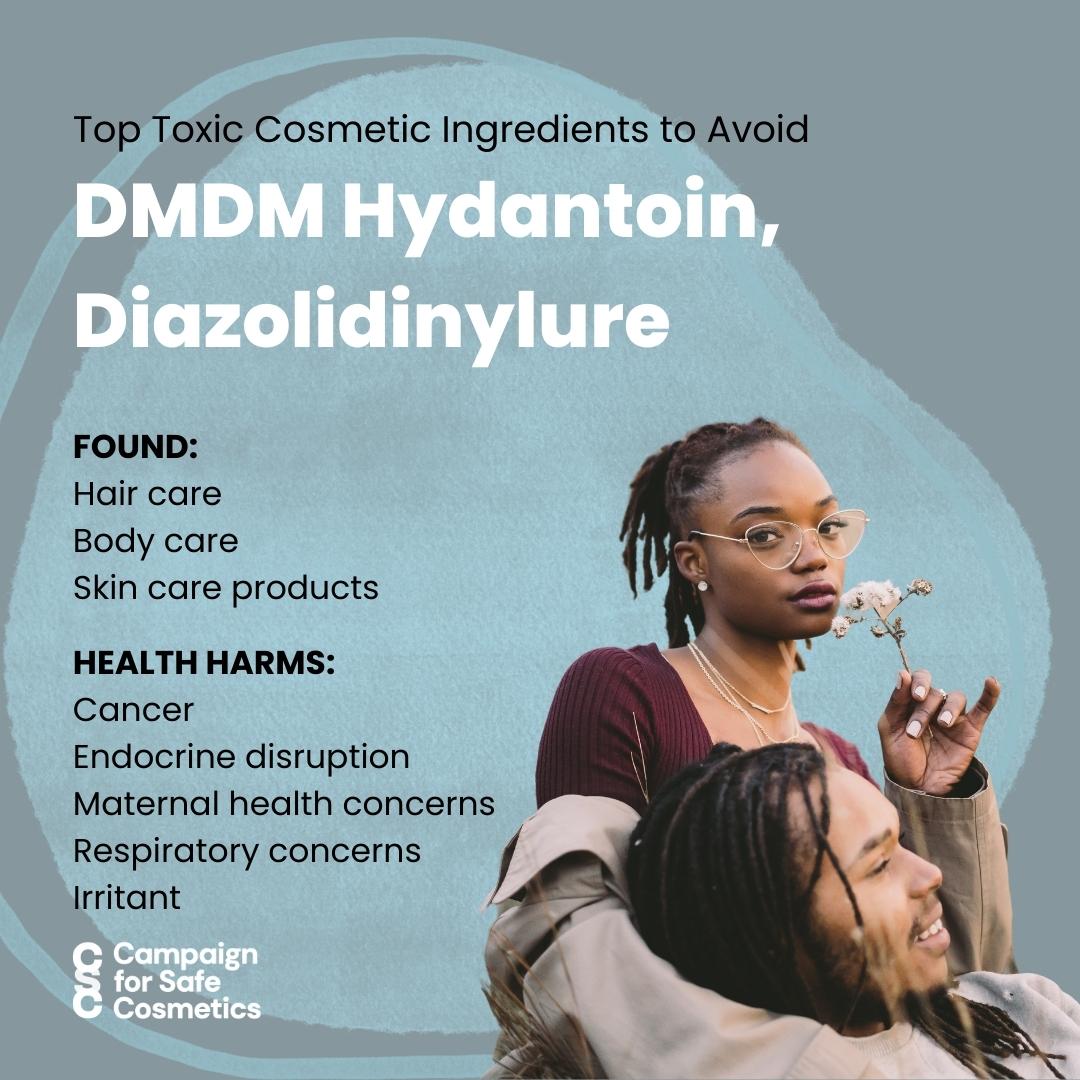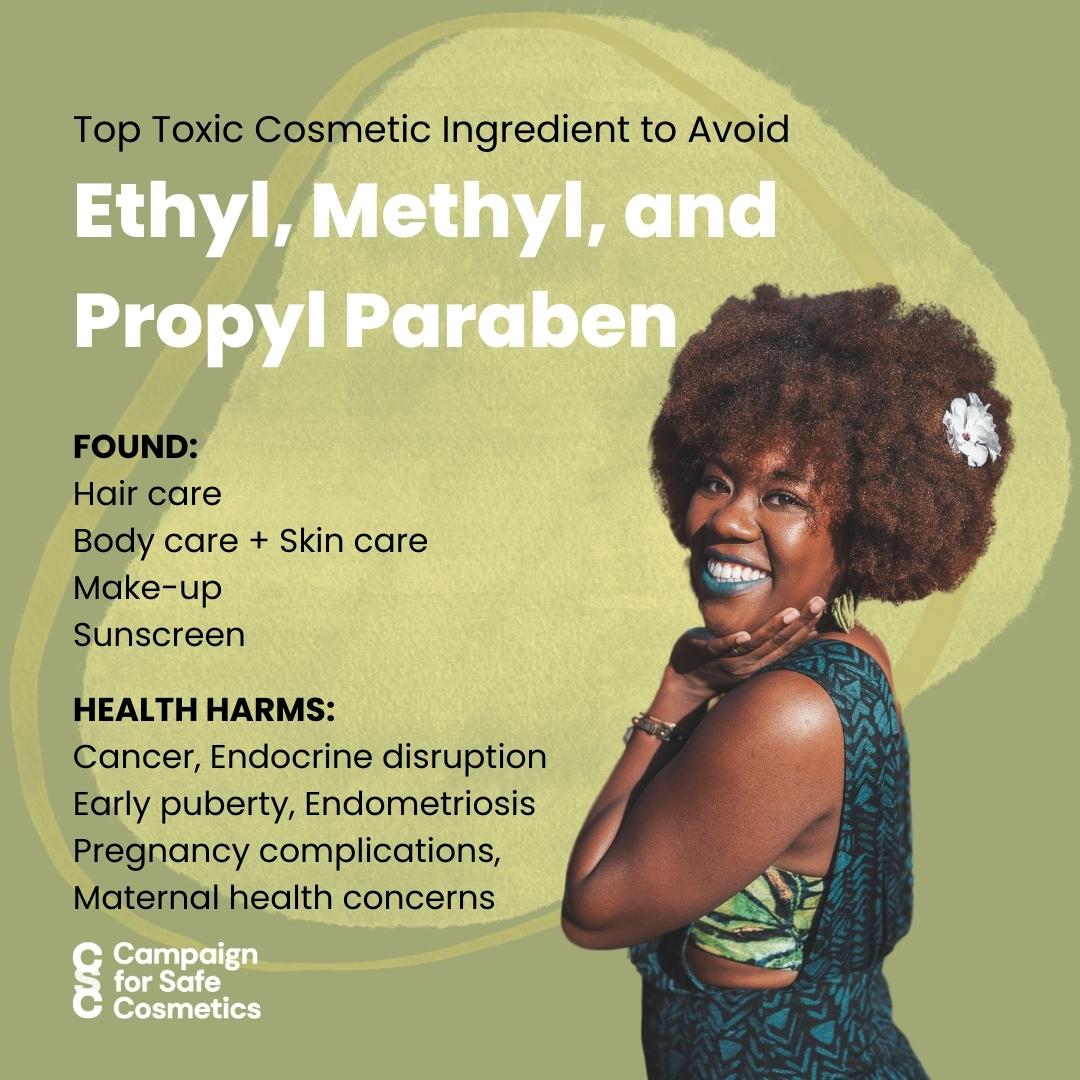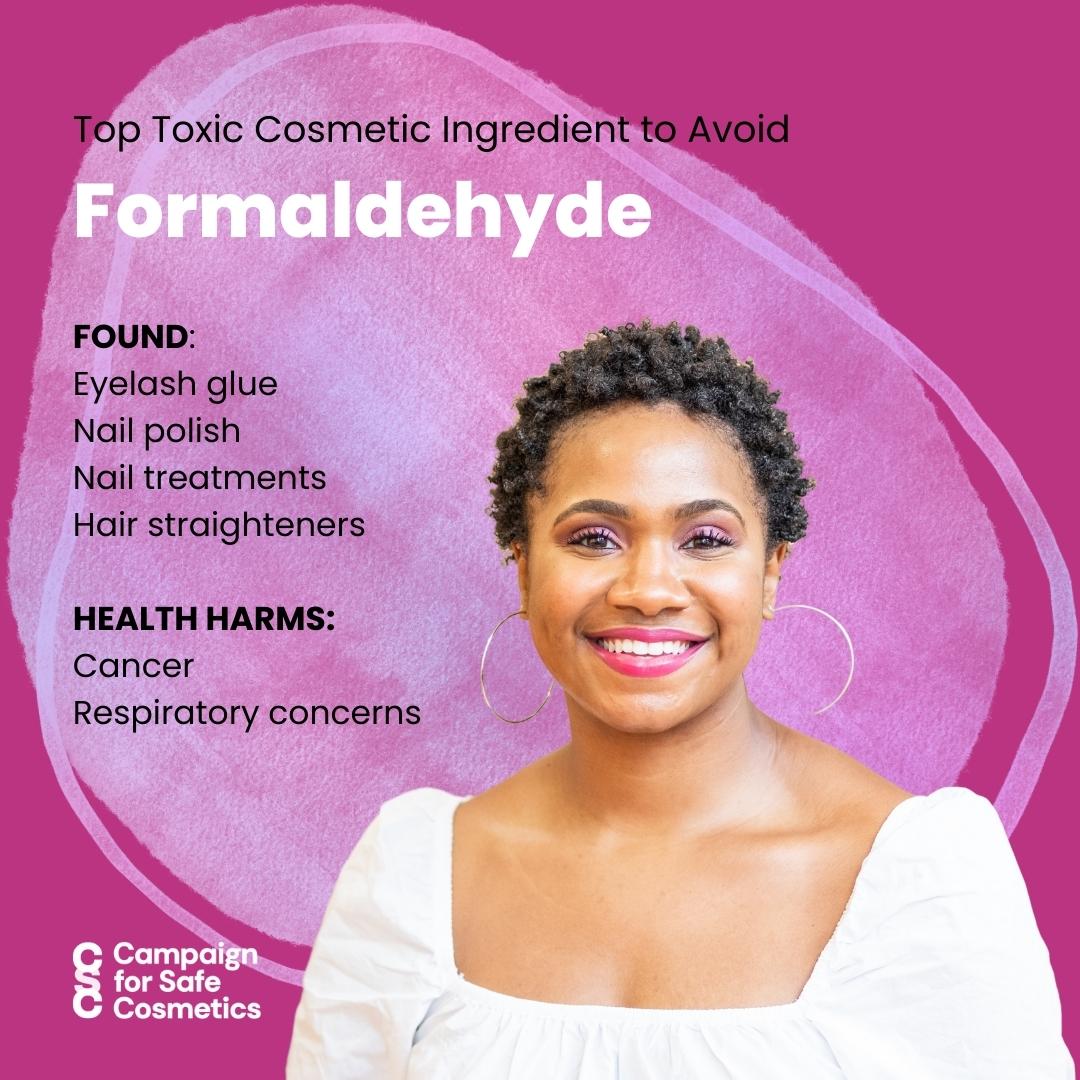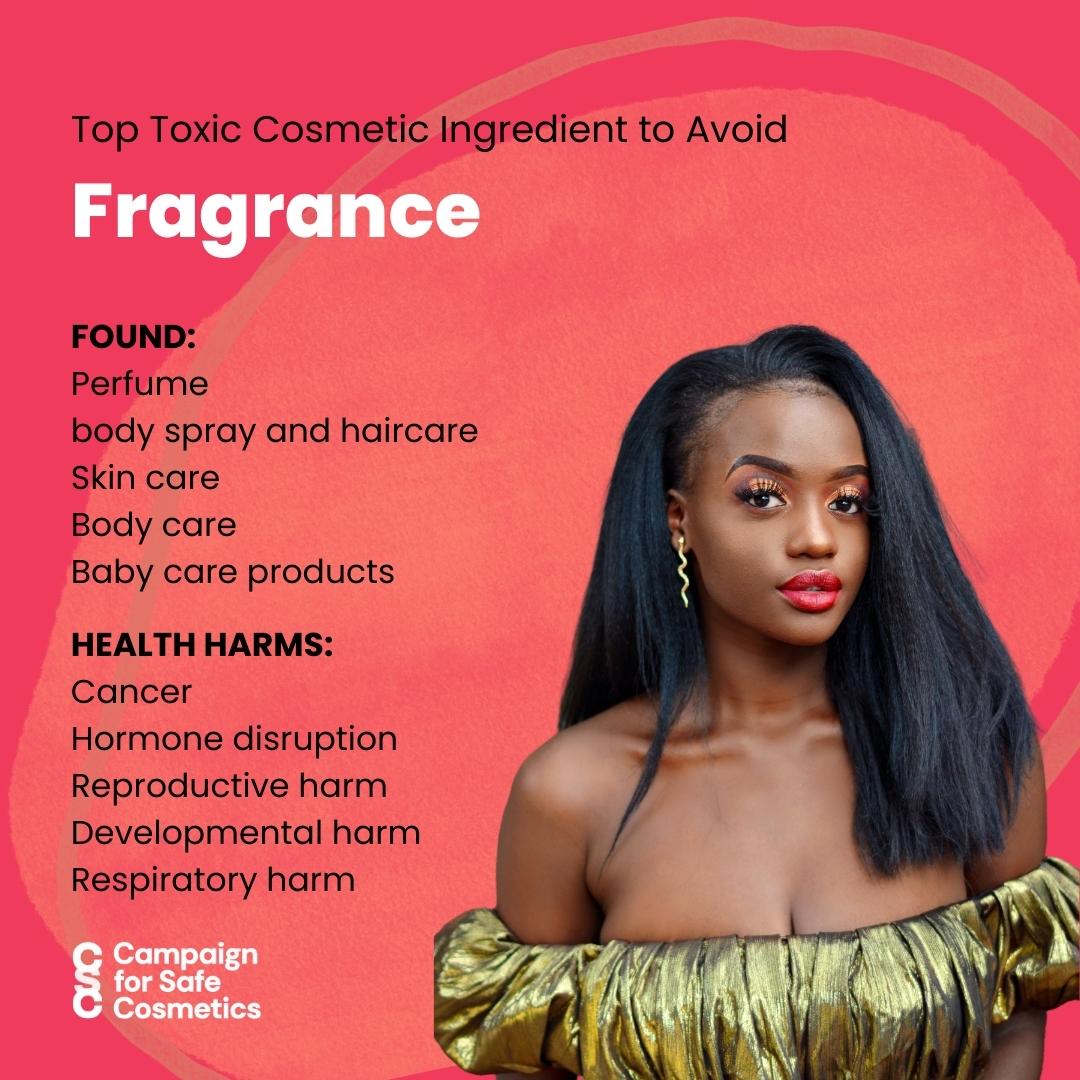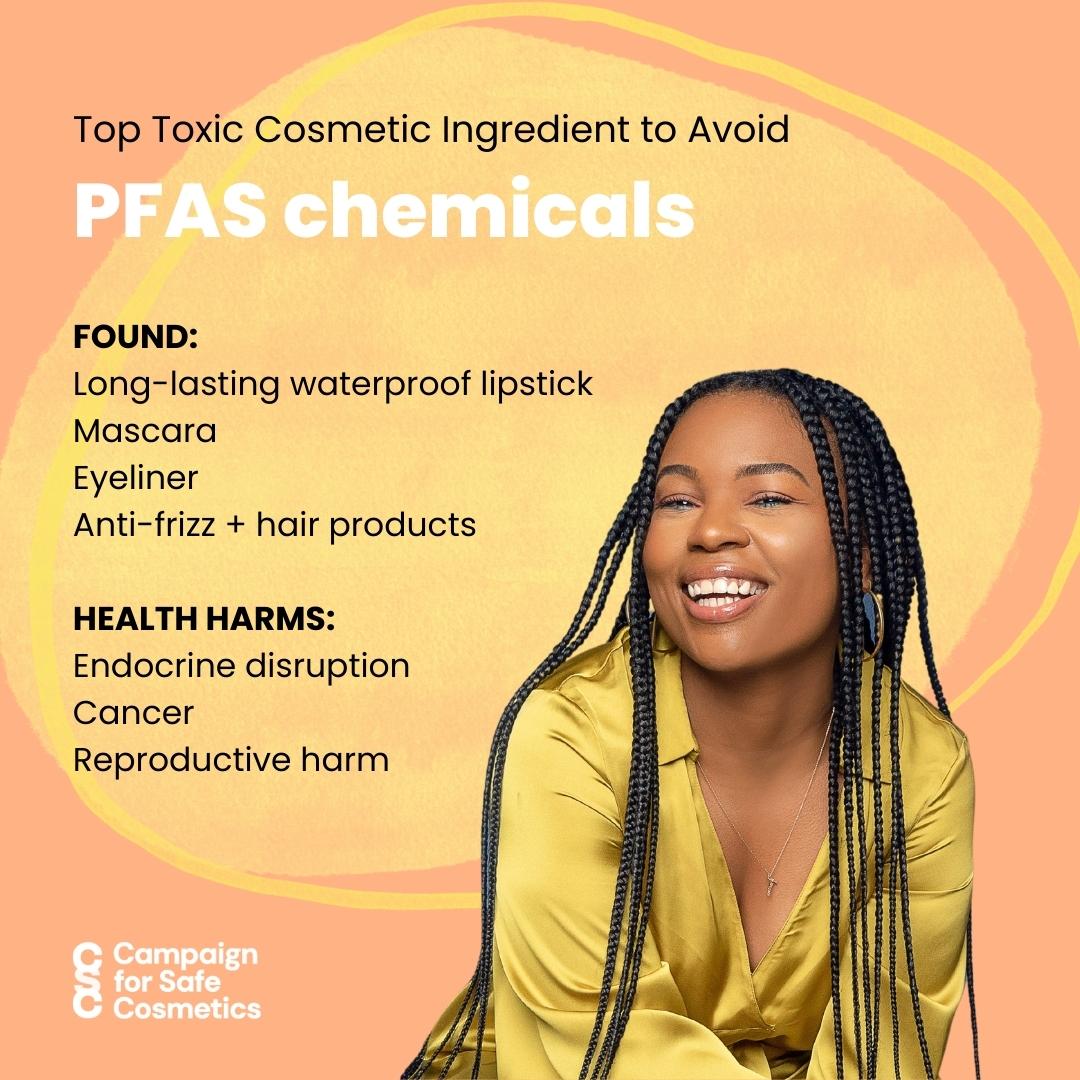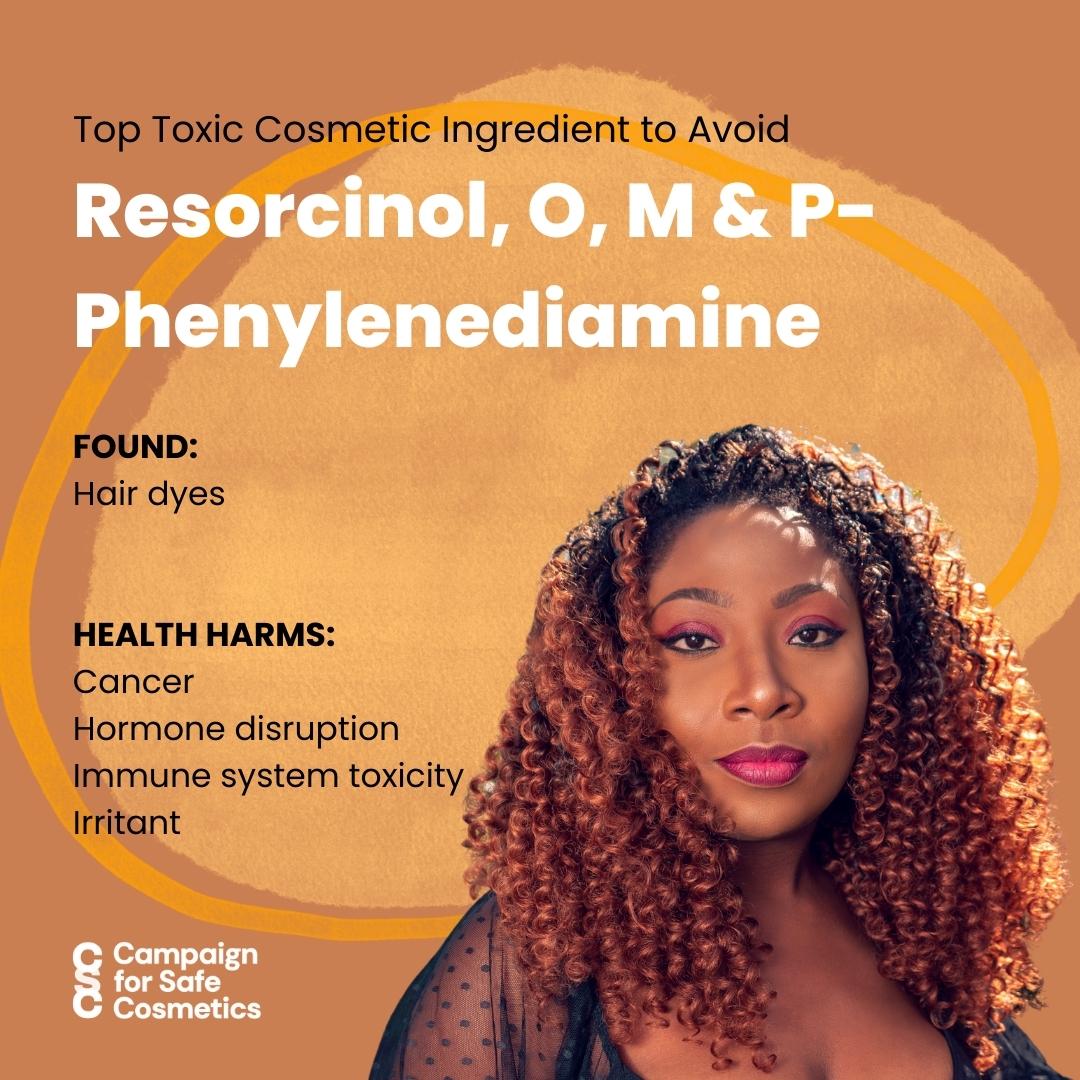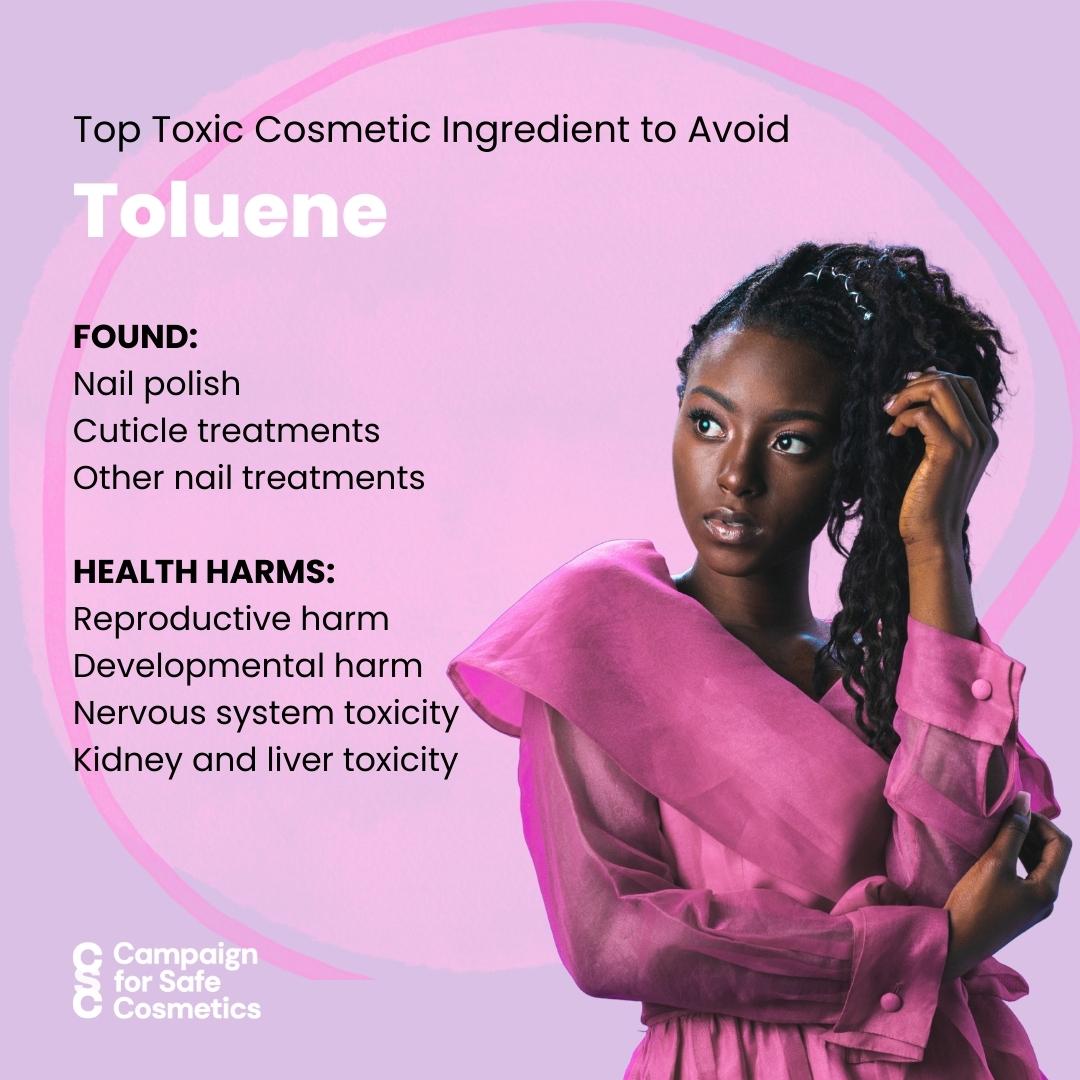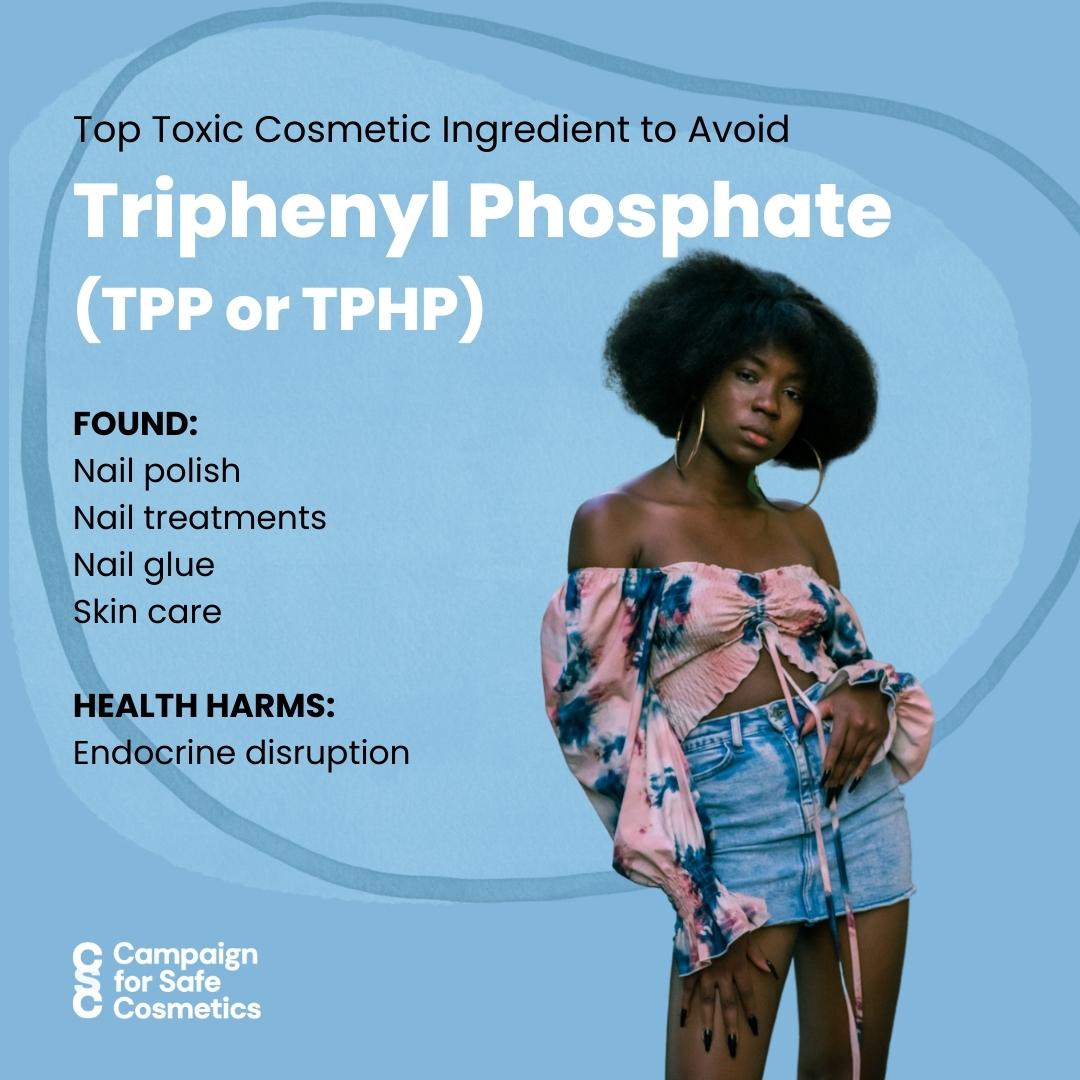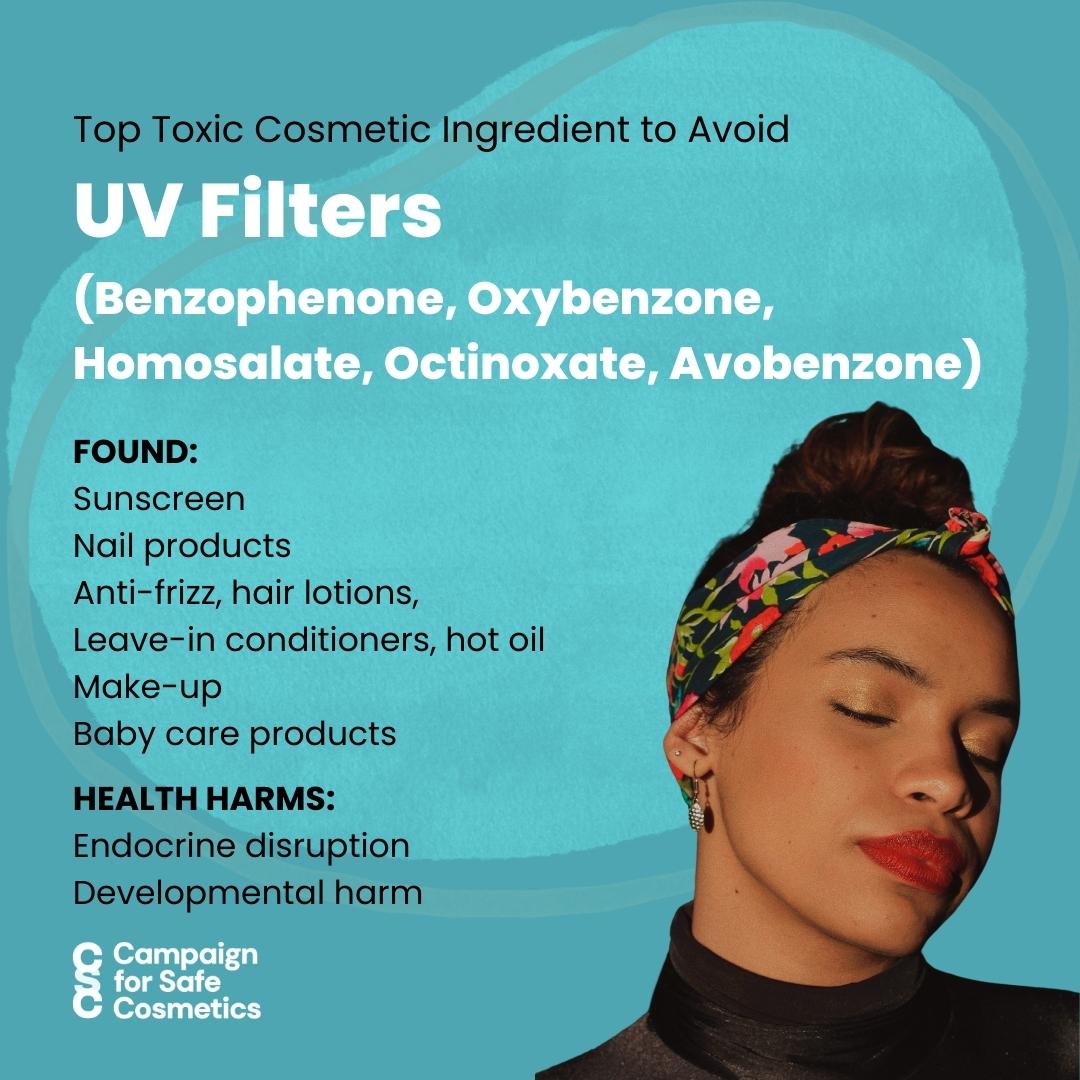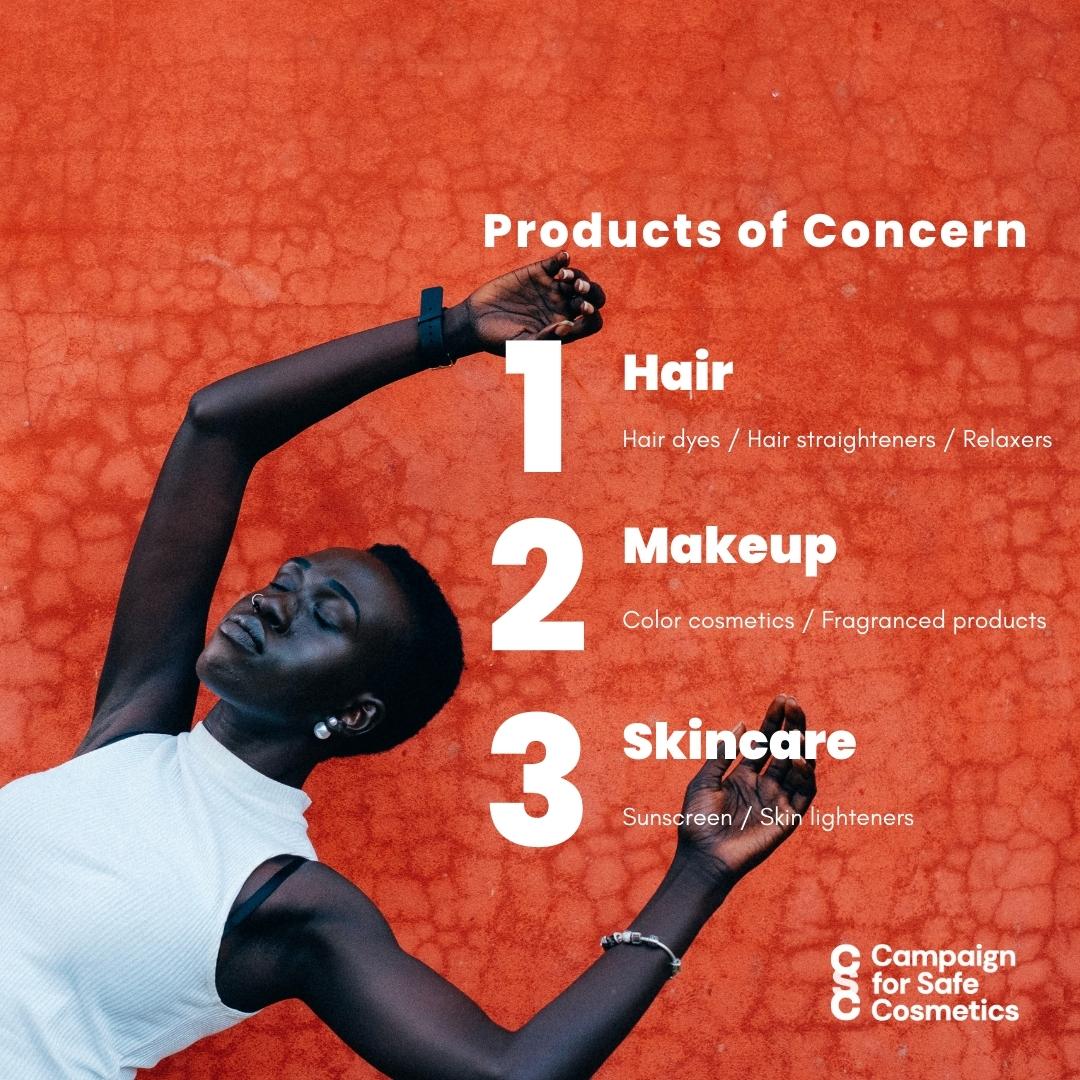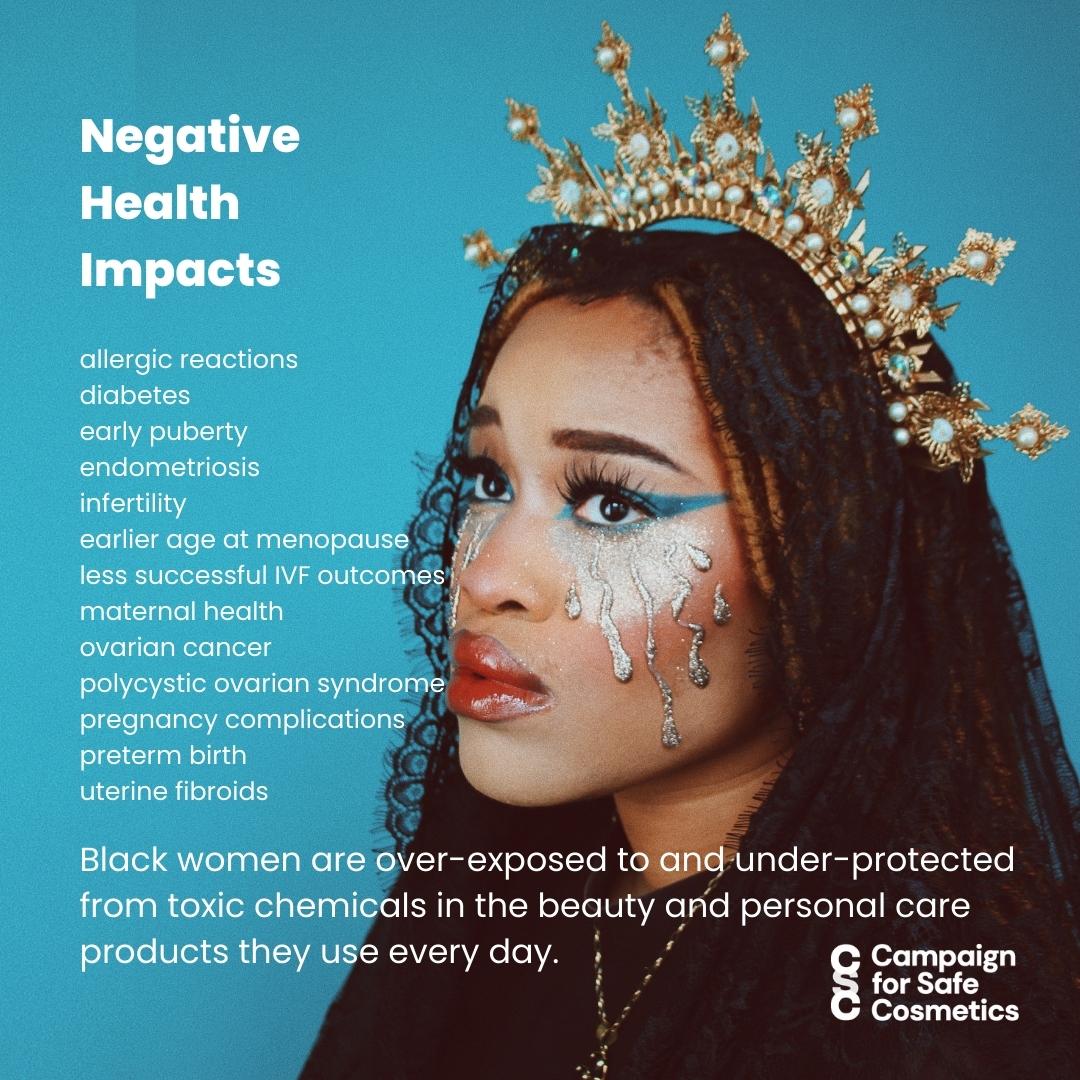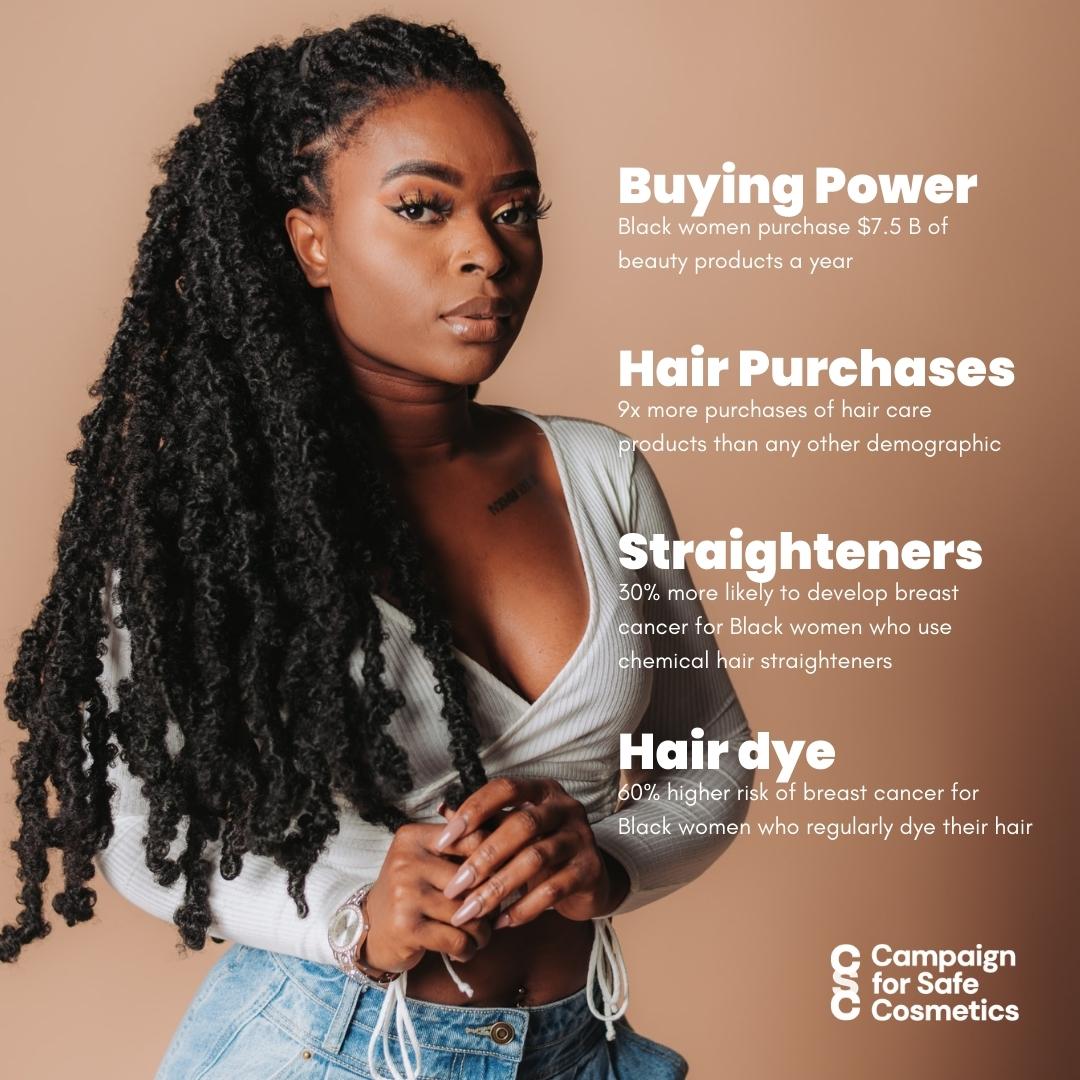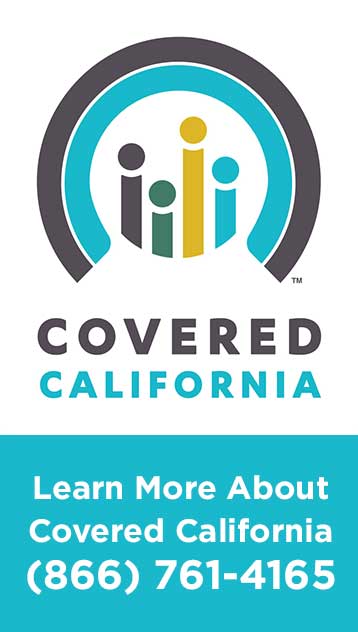Thousands of industrial chemicals are used to create the personal care and beauty products that consumers and professional nail, hair, and beauty salon workers use every day. Many of these chemicals have been linked to serious health outcomes and harm the environment. The European Union (EU) has banned nearly 1800 chemicals from beauty and personal care products that are known to cause cancer, birth defects or reproductive harm. In stark contrast to the progress made by the rest of the world, in the U.S. the Food and Drug Administration (FDA), has only banned or restricted eleven ingredients from cosmetics, to date.(3)
Conservative estimates suggest Americans use roughly 10-12 personal care products each day (the actual number may be closer to 20-25), resulting in daily exposure to an average of 168 unique chemicals – many of which have been linked to endocrine disruption, earlier puberty, cancer, birth defects, and reproductive harm. Despite the growing body of scientific evidence and consumer concern, cosmetics are one of the least regulated consumer products on the market. The FDA does not have the authority to recall unsafe products, nor does it require pre-market safety testing of cosmetic ingredients. The federal law governing the $100 billion domestic cosmetics industry is only 2.5 pages long and has not been amended significantly since it was enacted over 80 years ago. Due to weak federal regulation of the more than 10,000 chemicals used to formulate the personal care and beauty products consumers use every day, companies can legally use hazardous chemicals without the public’s knowledge or consent.
Black women and professional salon workers experience some of the highest rates of exposures to toxic chemicals in the cosmetic products they use on themselves and their children or work with daily. More than 40 other nations have stricter cosmetic safety regulations than the US.
For Black women, this issue is especially urgent. Almost 7,000 Black women in the U.S. die of breast cancer each year.[1] In fact, Black women have the highest breast cancer mortality rate of any racial or ethnic group in the US, with a rate 41% higher than that for White women. Black women also face other health disparities, including earlier puberty and higher rates of hormone-mediated problems (e.g., preterm birth and uterine fibroids), an increasing incidence of endometrial cancer, and poorer ovarian cancer outcomes.
These problems are compounded by the fact that Black women suffer from a high level of exposure to unsafe chemicals that are found in their beauty products – including hair dyes, hair relaxers and straighteners, skin lighteners, feminine douches, deodorant, etc. In fact, recent evidence shows that among Black women, use of permanent hair dyes is associated with approximately 45-77% increased risk of breast cancer[2], with greater risk for use of darker hair dye shades.[3] Regular use of chemical relaxers and straighteners have also been suggested to increase the risk of breast cancer in Black women[4], particularly among women who use these products frequently, started using these products in childhood or adolescence, or use lye-based relaxers.
Some chemicals in hair care and personal care products such as phthalates[5], heavy metals[6], and polybrominated diphenyl ethers (PBDEs)[7] have been associated with earlier puberty among girls. Heavy metals, such as cadmium and lead, are found in many cosmetic products used by Black women, such as lipsticks, eyeliners, eyeshadow, foundation, and more. These metals have been linked to higher instances of uterine fibroids[8]. In addition, some chemicals found in the personal care products and cosmetics used by Black women have also been associated with altered reproductive outcomes. Chemicals known as aromatic hydrocarbons, which may show up on product labels as “toluene,” “benzene,” or “xylene,” have been shown to have toxic effects on developing fetuses[9].
Chemical exposures also exist for professional salon workers – many of whom are Black women and other women of color – who use potentially hazardous products daily in their work, including nail polish hardeners, thinners, plasticizers, bleaches, conditioners, detergents, dyes, fixatives, relaxers, and straighteners that are most often used as commercially prepared mixtures.[10]
Another study, published in 2018 by the Silent Spring Institute in the journal Environmental Research, showed Black women are also potentially exposed to dozens of hazardous chemicals through the hair products they use.[11] The study looked at 18 different hair products including hot oil treatments, anti-frizz hair polishes, leave-in conditioners, root stimulators, hair lotions, and hair relaxers. A total of 45 endocrine disrupting compounds (EDCs) associated with a variety of health effects including reproductive disorders, birth defects, asthma, and cancer were detected, with each product containing anywhere between 4 and 30 EDCs.
As the Black beauty industry grows, the fact that the chemicals in Black beauty and personal care products are not adequately tested for safety and are largely unregulated raises real concerns for Black women’s health. [12]

